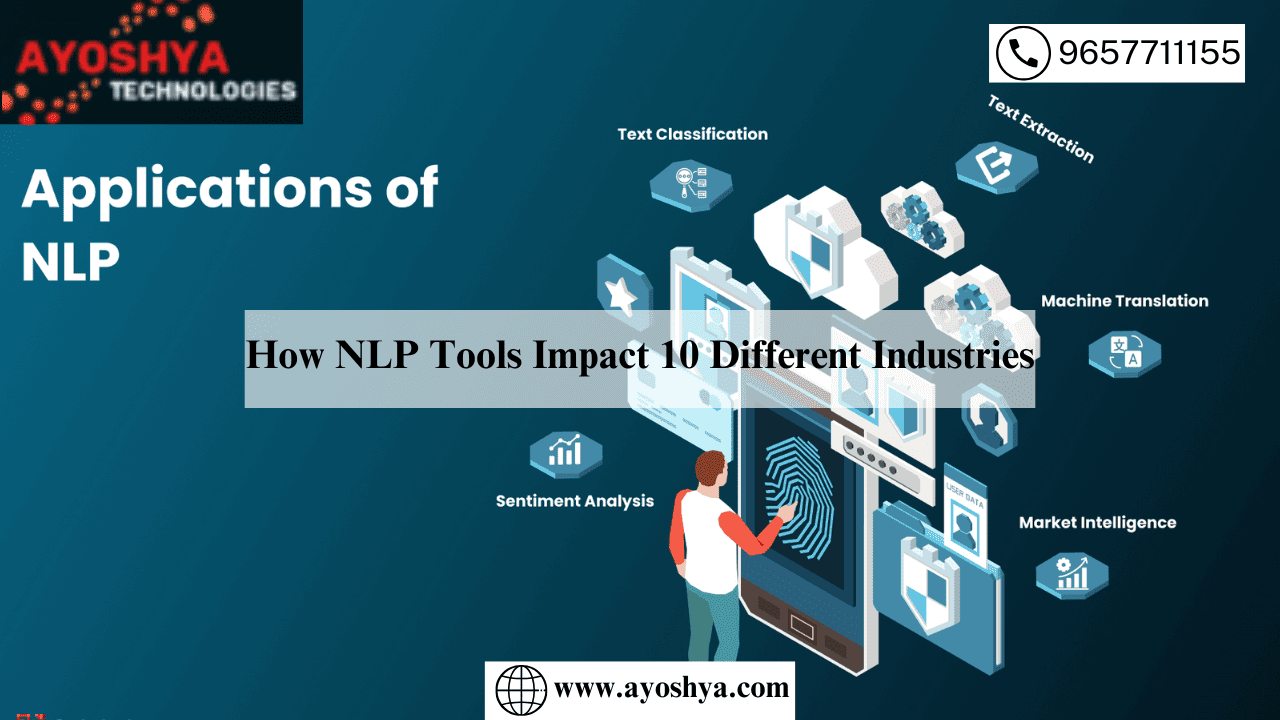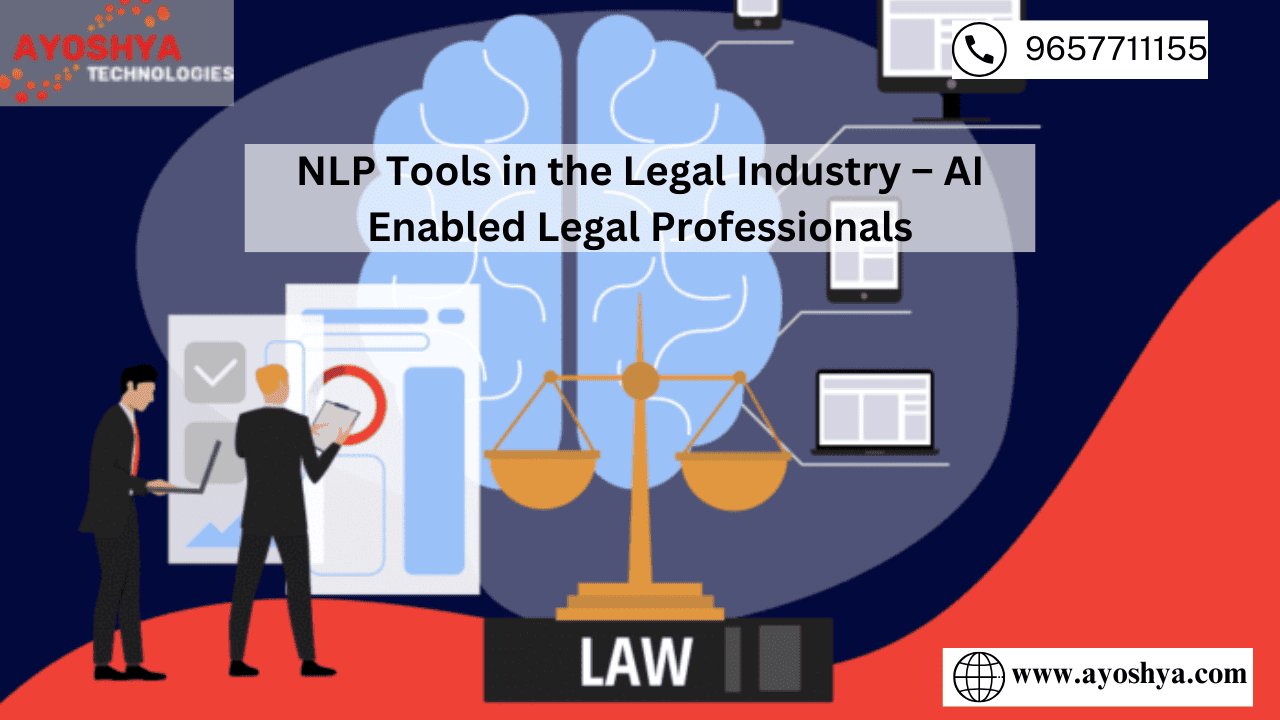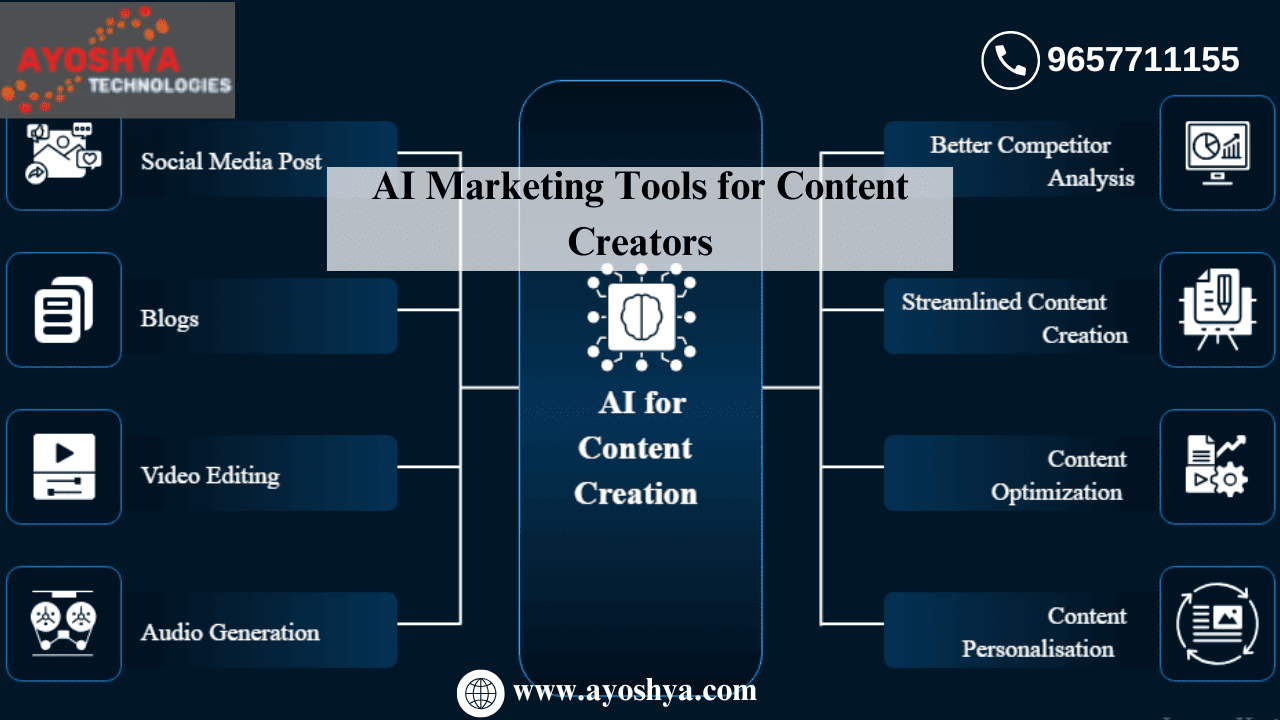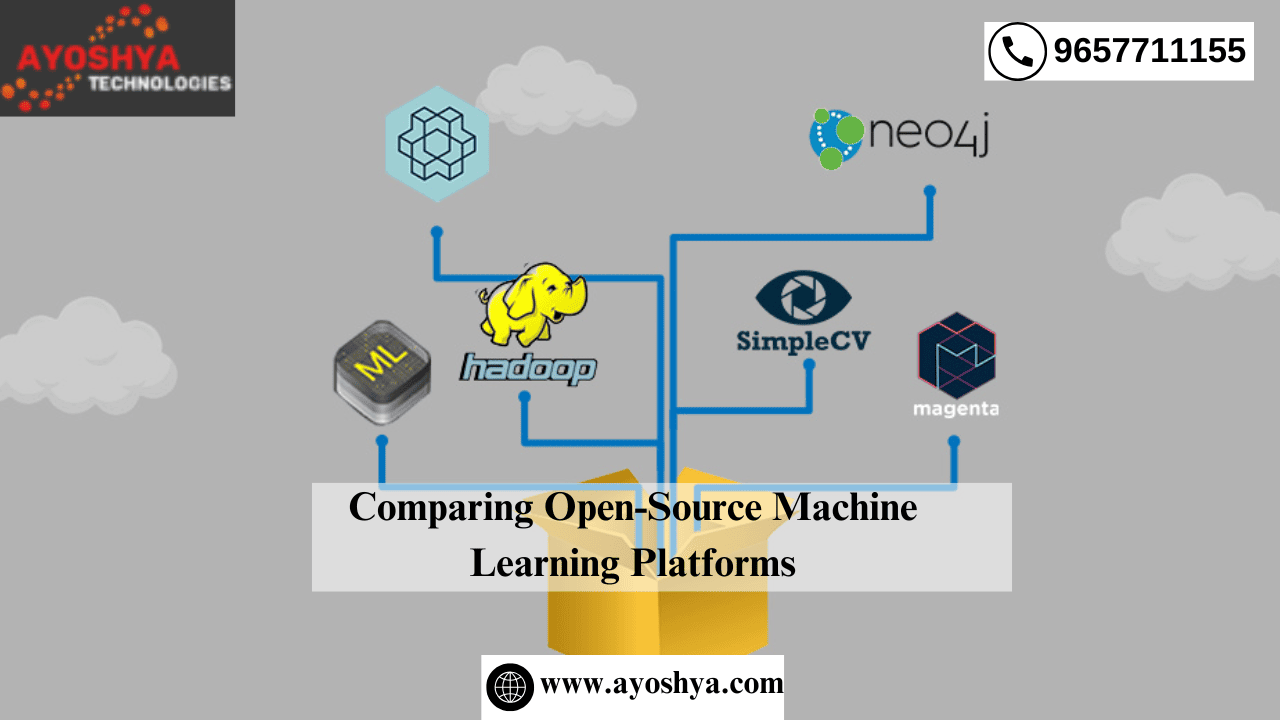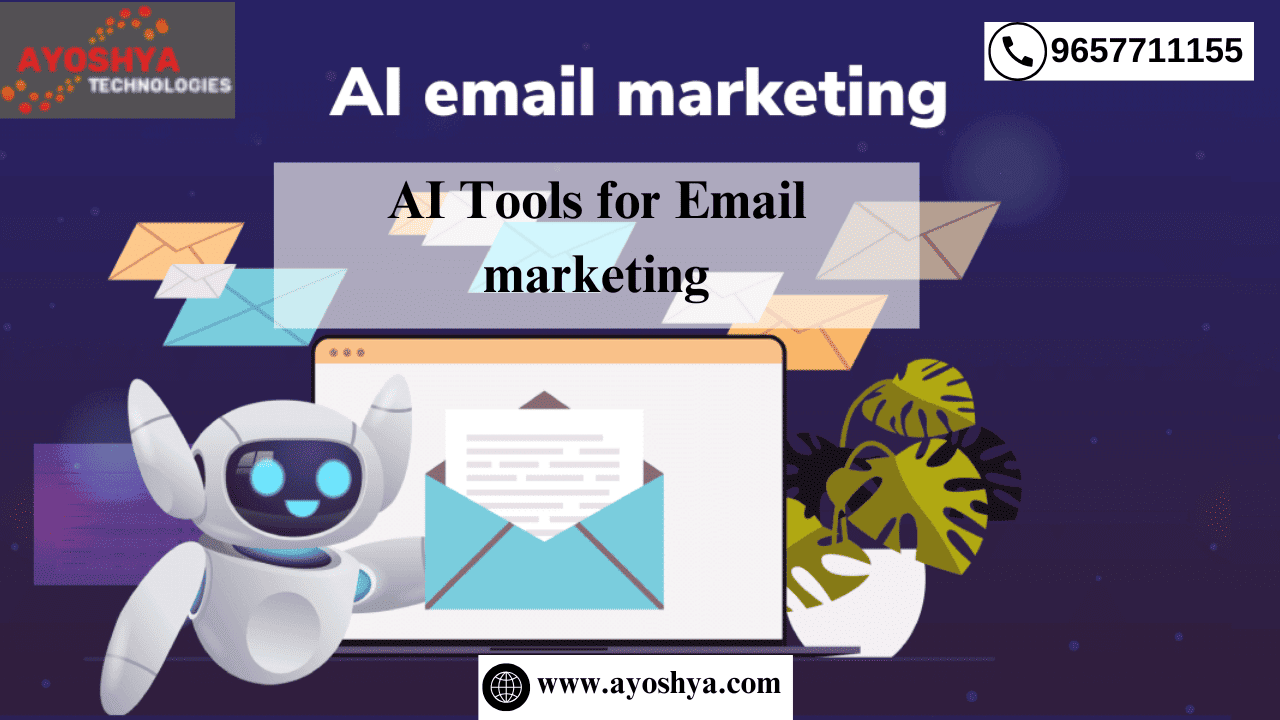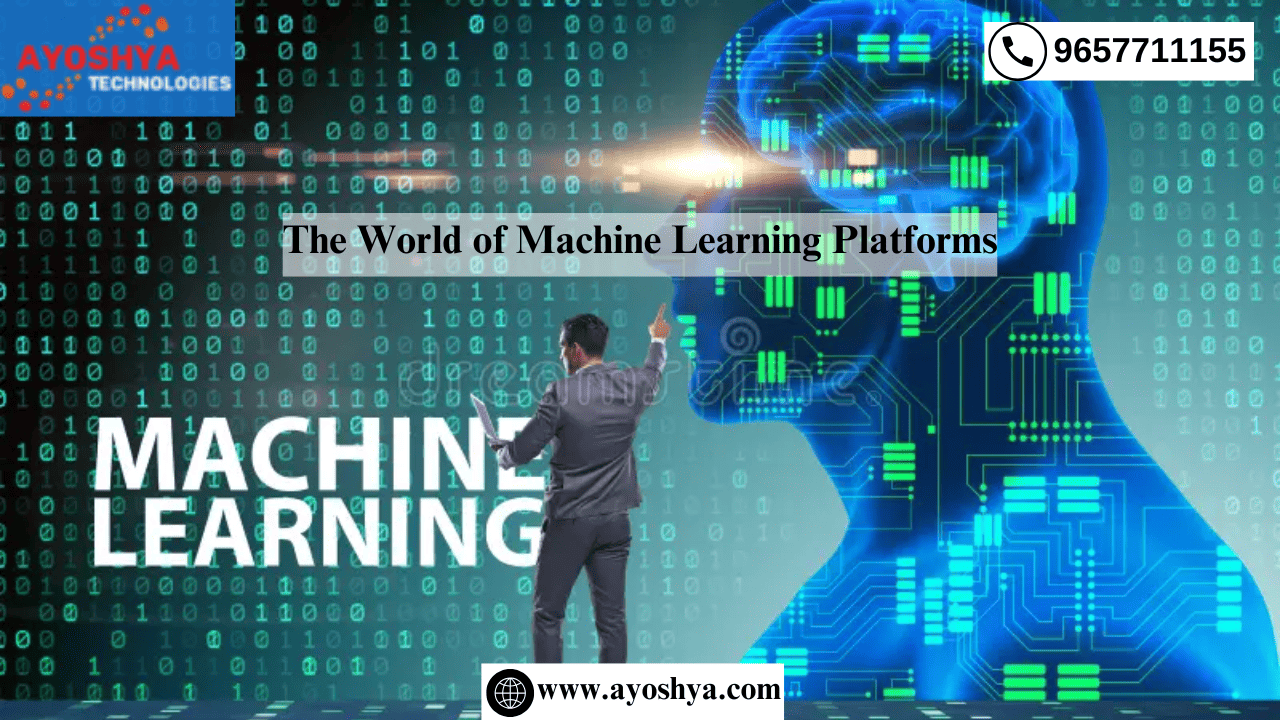How NLP Tools Impact 10 Different Industries
NLP tools for ten different industries
- Healthcare: Automates patient data analysis, supports diagnostics, and accelerates drug discovery.
- Finance: Monitors for fraud, aids in market predictions, and automates customer service.
- Retail/E-commerce: Personalizes recommendations, analyzes customer sentiment, and supports inventory management.
- Legal: Facilitates document review, contract analysis, and legal research.
- Manufacturing: Predicts maintenance needs, enhances quality control, and optimizes supply chains.
- Education: Provides automated grading, personalized learning, and language assistance.
- Automotive: Improves in-car voice commands, analyzes customer feedback, and supports autonomous driving technologies.
- Entertainment/Media: Curates content recommendations, generates articles, and translates languages for subtitles.
- Telecommunications: Automates customer support, predicts network failures and personalizes marketing.
- Government/Public Sector: Analyzes public sentiment for policymaking, automates public services, and manages documents.
Top 10 Industries Impacted by NLP Tools

Healthcare
Application of NLP in Patient Data Analysis
- Real-life Example: IBM Watson Health uses NLP to sift through electronic health records (EHRs), clinical notes, and research papers. This helps doctors quickly find relevant patient information.
Use of NLP in Diagnostic Processes
- Real-life Example: Google’s DeepMind Health project applies AI and NLP to mammograms to identify breast cancer more accurately than traditional methods.
NLP Tools for Drug Discovery and Development
- BenchSci: This platform applies NLP to scientific data to speed up drug research. It helps scientists find antibodies and reagents faster by analyzing research papers and experimental data.
Impact on Patient Care and Medical Research
- Improvement in Treatment: NLP tools can suggest personalized treatment options by analyzing patient histories and global medical data.
- Advancement in Research: NLP helps researchers comb through vast data to find new disease patterns or treatment effects.
Finance
NLP in Financial Monitoring and Fraud Detection
- Example: JPMorgan’s COIN platform uses NLP to analyze financial documents for discrepancies and signs of fraudulent activities, reducing error rates and speeding up the review process.
Sentiment Analysis for Market Prediction and Investment Strategies
- Example: Bloomberg’s news analysis feature leverages NLP to gauge market sentiment from news articles and social media, aiding investors in making informed decisions.
Automating Customer Service and Advisory with Chatbots
- Example: Bank of America’s Erica uses NLP to interact with customers, providing account information and financial advice through natural language conversations.
Compliance and Regulatory Reporting
- Example: RegTech companies use NLP to scan regulatory documents and updates worldwide, ensuring financial institutions comply with international laws. This reduces the risk of penalties and helps in risk management.
Retail and E-commerce
Personalized Recommendations
- Example: Amazon uses algorithms to analyze browsing and purchase history, providing product suggestions tailored to each customer’s preferences.
Sentiment Analysis for Product Reviews and Feedback
- Example: Tools like Sentiment Analyzer parse customer reviews and feedback on platforms like Yelp or Amazon, identifying overall sentiment trends to help businesses adjust their offerings.
Chatbots for Customer Support and Sales
- Example: Sephora’s chatbot on Facebook Messenger offers beauty advice and product recommendations, making shopping easier and more interactive for customers.
Inventory Management and Trend Forecasting
- Example: Zara uses predictive analytics to analyze sales patterns and social media trends, ensuring it stocks up on in-demand items and reduces overstock.
Legal Industry
Document Review and Legal Research with NLP
- Example: LexisNexis leverages NLP to help legal professionals quickly sift through case law, statutes, and legal publications, identifying relevant precedents and information for their cases.
Contract Analysis and Management
- Example: Kira Systems’ software scans and analyzes contracts in seconds, highlighting key information and clauses, saving time and reducing human error in legal reviews.
Predictive Analytics for Legal Outcomes
- Example: Premonition mines court records and legal proceedings with NLP, offering insights on judges’ behavior and case outcomes, helping lawyers strategize more effectively.
Compliance and Risk Management
- Example: Compliance.ai offers a platform that uses NLP to track regulatory changes across jurisdictions, helping legal and financial services firms meet compliance requirements ahead of time.
Manufacturing
Predictive Maintenance Through Operational Data Analysis
- Example: Siemens uses data analytics and NLP to monitor machinery health, predicting failures before they happen to reduce downtime.
Quality Control with Real-Time Feedback Systems
- Example: GE Aviation implements sensors and NLP in its manufacturing lines to analyze machine feedback in real-time, ensuring high-quality production.
Supply Chain Optimization and Logistics Planning
- Example: DHL applies NLP to analyze shipping documents and track packages, optimizing routes and delivery schedules for efficiency.
Worker Safety and Compliance Monitoring
- Example: 3M uses wearable technology combined with NLP to monitor workplace noise, providing insights for improving worker safety and regulatory compliance.
Education
Automated Grading and Feedback on Assignments
- Example: Turnitin’s Feedback Studio employs NLP to assess student assignments, offering instant feedback on grammar, structure, and plagiarism.
Personalized Learning Experiences and Tutoring
- Example: Khan Academy utilizes algorithms to adapt learning materials to the student’s pace and understanding, ensuring a tailored educational experience.
Language Learning Tools and Accessibility Enhancements
- Example: Duolingo uses NLP to offer interactive language learning experiences, accommodating users’ varied learning habits and proficiency levels.
Analysis of Educational Content and Research
- Example: Google Scholar uses NLP to help researchers find academic papers, analyze citations, and stay updated on their field’s latest developments.
Automotive
Natural Language Interfaces for Vehicle Control and Navigation Systems
- Example: Tesla integrates voice commands that allow drivers to control navigation and in-car features without lifting a finger, making driving safer and more convenient.
Sentiment Analysis for Customer Feedback on Vehicles and Services
- Example: Ford uses NLP to analyze customer reviews and social media feedback, identifying common issues and areas for improvement in their vehicles and services.
Automated Incident Reports and Documentation
- Example: Volvo’s connected cars automatically generate incident reports in the event of an accident, streamlining insurance claims and repair processes.
Enhancing Autonomous Vehicle Communication Systems
- Example: Waymo’s self-driving cars use NLP to interpret and react to verbal instructions and signals from pedestrians, cyclists, and other road users, improving safety and interaction.
Entertainment and Media
Content Recommendation Systems Based on User Preferences
- Example: Netflix’s algorithm analyzes viewing histories and ratings to suggest movies and TV shows that match individual tastes, keeping viewers engaged.
Automated Content Generation for News and Articles
- Example: The Associated Press employs NLP tools to automatically generate news reports on financial earnings, saving time and ensuring speedy dissemination of information.
Subtitling and Dubbing Through Automatic Language Translation
- Example: YouTube uses NLP for automatic captioning and translation, making videos accessible to a global audience regardless of language barriers.
Sentiment Analysis for Audience Feedback and Reviews
- Example: Rotten Tomatoes applies NLP to aggregate movie reviews and gauge overall sentiment, providing a quick snapshot of how well a film is received.
Telecommunications
Customer Service Automation with Chatbots and Voice Assistants
- Example: AT&T uses chatbots and voice assistants to handle customer queries, bill explanations, and troubleshooting, reducing wait times and improving service.
Network Monitoring and Predictive Maintenance Through Data Analysis
- Example: Verizon employs analytics and NLP to predict network issues before they affect customers, ensuring consistent and reliable service.
Personalized Marketing and Sales Strategies
- Example: T-Mobile analyzes customer data and preferences using NLP, tailoring offers and communications to individual needs, boosting satisfaction and loyalty.
Fraud Detection and Cybersecurity Measures
- Example: Sprint uses NLP to monitor calls and messages for patterns indicative of fraud, protecting customers and the network from malicious activities.
Government and Public Sector
Public Sentiment Analysis for Policy Making
- Example: The U.S. Government utilizes NLP to gauge public opinion on social media and forums, informing policy decisions and public communications.
Enhancing Public Services with Chatbots and Automated Systems
- Example: The UK’s National Health Service (NHS) employs chatbots for patient inquiries, guiding them to appropriate services without human intervention.
Document and Record Management
- Example: The European Union uses NLP to manage vast amounts of legislative documents, making accessing and analyzing legal texts easier.
Security and Threat Analysis Through Communication Monitoring
- Example: The National Security Agency (NSA) applies NLP techniques to sift through communications for potential threats, supporting national security efforts.
FAQs
How do NLP tools help in analyzing patient data in healthcare?
NLP automates the process of sifting through electronic health records and clinical notes, making it faster for healthcare professionals to find important patient information and make informed decisions.
Can NLP detect fraud in the finance industry?
Yes, NLP can monitor financial transactions and communications to identify patterns that may indicate fraudulent activities, helping to secure assets and reduce financial losses.
How do retail and e-commerce benefit from NLP?
NLP personalizes shopping experiences by suggesting products based on browsing and buying habits. It also analyzes customer reviews to improve product offerings and uses chatbots to assist shoppers.
What role does NLP play in the legal field?
NLP streamlines the review of legal documents, analyzes contracts for key information, and assists in legal research by quickly finding relevant precedents and legal texts.
How is manufacturing improved with NLP?
NLP predicts when machines need maintenance before breakdowns occur. It also ensures products meet quality standards by analyzing real-time feedback from production lines.
In what ways does NLP support education?
NLP grades assignments and provides feedback, offers personalized tutoring sessions, helps with learning new languages, and makes educational content more accessible.
How does NLP enhance the automotive experience?
It allows for voice-controlled navigation and in-car systems, gathers feedback from vehicle users to improve services, and aids in developing smarter autonomous vehicles.
What benefits does NLP offer to entertainment and media?
NLP tailors content recommendations to individual tastes, creates news articles, and provides subtitles in multiple languages, enhancing viewer engagement.
How does NLP improve telecommunications services?
It automates responses to customer inquiries, monitors network health to predict and prevent outages, and crafts marketing messages that resonate with individual customers.
What is the impact of NLP in government and public sectors?
NLP analyzes public opinion to inform policy decisions, automates responses to citizen inquiries, efficiently manages public records, and helps monitor communications for security purposes.
Can NLP tools speed up drug discovery?
Yes, by analyzing vast amounts of research data and identifying potential therapeutic targets faster than traditional methods, NLP significantly speeds up drug development.
How do financial institutions use NLP for market predictions?
NLP analyzes news articles and financial reports to gauge market sentiment, helping traders and investors make more informed decisions based on current trends.
How does NLP contribute to safer manufacturing workplaces?
By monitoring communication and operational data, NLP tools can predict hazardous conditions and ensure compliance with safety regulations, keeping the workplace safe.
Can NLP improve the way governments interact with citizens?
Chatbots and automated systems powered by NLP can handle a wide range of citizen inquiries efficiently, improving public service accessibility and satisfaction.
How does NLP assist in personalized learning experiences?
NLP analyzes student performance and learning habits to provide customized educational content and tutoring, catering to the unique needs of each learner for more effective education.



